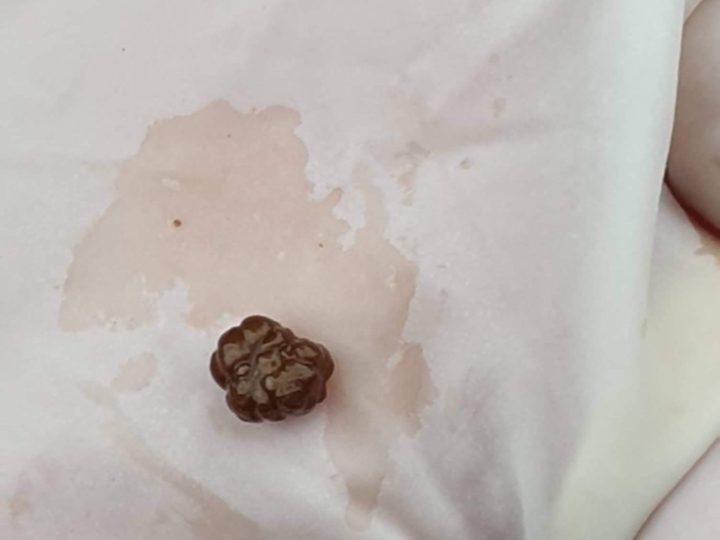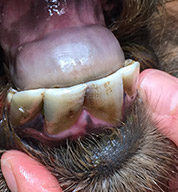
Managing and Preventing Laminitis in Pet Goats and Sheep
Today we will be discussing the management and preventative strategies you can implement to help reduce the risk of laminitis in your beloved goats and sheep.
Why is it so difficult to diagnose laminitis in sheep and goats?
In horses with chronic laminitis, the pedal bone ends up rotating within the hoof capsule and the hooves start to develop a slipper like appearance. This can be diagnosed by doing X-rays of the feet so that we can see evidence of pedal bone rotation. Since this does NOT commonly happen in goats, even in those animals chronically affected by laminitis, this condition is much more difficult to diagnose in sheep and goats.



The Lifestyle Vet’s Management Strategies
Most cases of laminitis can be prevented by better management and by monitoring what you are feeding your goats. Regular hoof trimming is also essential. If you are unsure whether you are feeding the right food, please get in touch with us. We provide nutritional guidance as part of our goat annual health care plans.
Affected animals should receive the following:
- The goat or sheep should be placed on a strict diet that is low in protein and energy. Avoid feeding any concentrated feeds (nuts, goat grain etc). Since goats are browsers, pasture and hay is more than adequate for goats and sheep.
- A deep bed of hay should be provided inside the goat house. This helps reduce the pressure placed on the feet when standing on hard surfaces such as wood and concrete.
- If the goat’s laminitis has been caused by infection (metritis, mastitis, endometritis, pneumonia etc) then the goat should be covered with appropriate antibiotics and anti-inflammatories.
- The administration of pain relief medication, particularly anti-inflammatories, is essential .
- Both subclinical and chronic cases need careful foot trimming to reduce the pressure on sensitive areas. Regular attention and corrective trimming may help to reduce the discomfort and pain associated with this disease. Ideally the heel should be trimmed down as much as possible and the toe left long to facilitate weight bearing towards the toe region to take pressure off the heels. Please contact us to arrange regular foot trimming appointments.
Has your goat been lame? Are you struggling to get on top of your goat’s foot issues? Our goat health care plans may be just what you need….
Our goat health care plans include 4 visits a year to provide all of the necessary treatments. Our annual plans ensure that a structured and efficient health care system is implemented all year round. Regular hoof trimming and careful examination of hoof growth and shape is crucial so that we can try diagnose this condition early. This should be done by a professional that knows what to look for.
How do we help prevent disease?
- Regular drenching specific to the season and worm species present
- Faecal egg count tests
- All the necessary vaccinations
- Regular foot trimming (very important for goats)
- Regular body condition scoring
- Regular checks on your animals by a Veterinarian
- Educational teaching sessions on goat health and welfare
For more information about these health plans, contact us at thelifestylevet@gmail.com or visit our website by clicking this link http://goo.gl/XZ8KFR
The Lifestyle Vet – Providing an exceptional level of veterinary care for your beloved goats!





